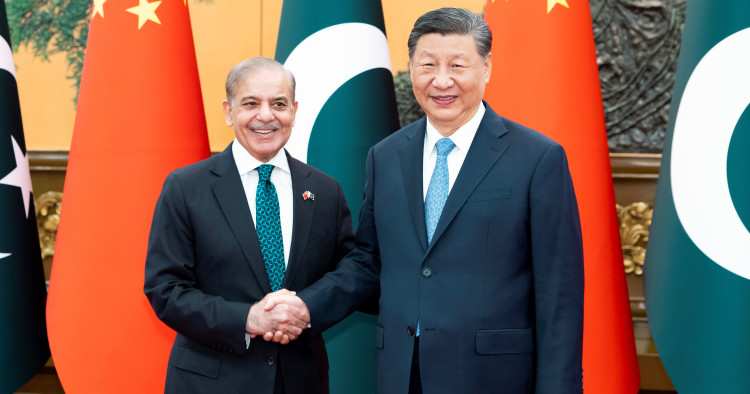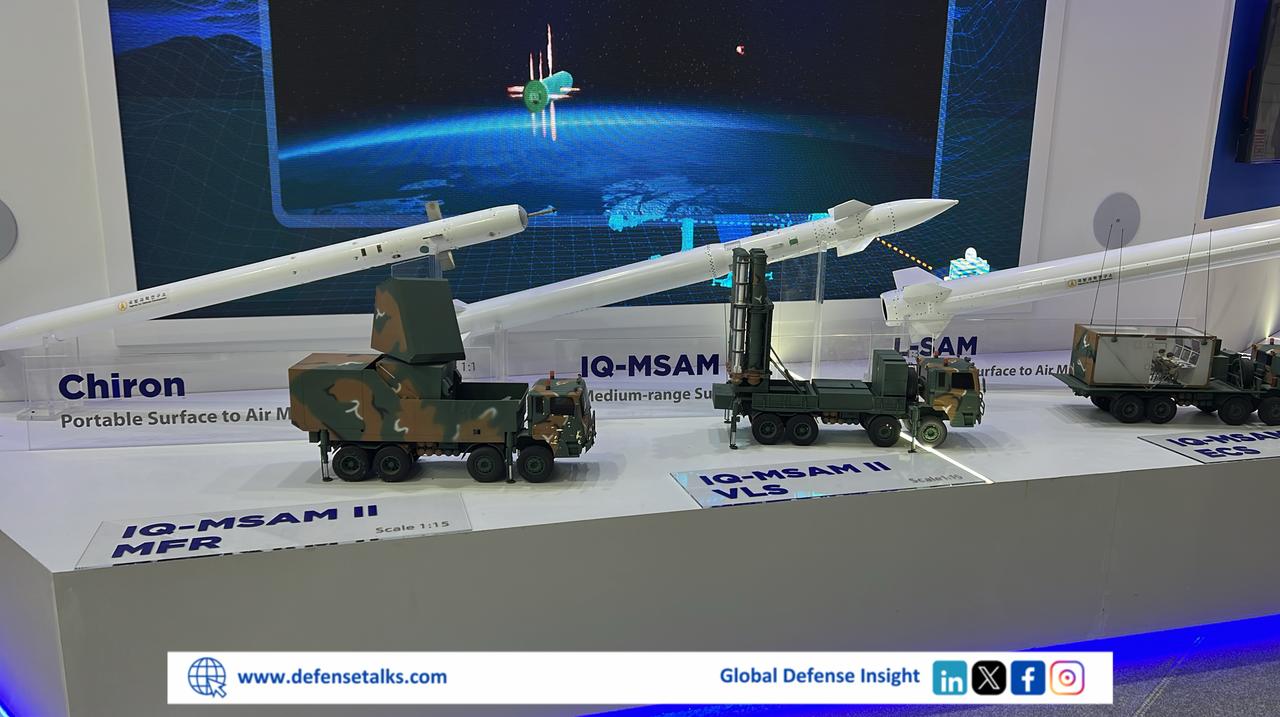The shifting balance of power in the international system has placed Pakistan in a sensitive position where borders no longer define what type of relations it should attain with other countries. The strong rivalry between the U.S. and China is not only affecting the Indo-Pacific region but also reshaping the strategic landscape of South Asia. It’s been a long time since Pakistan has been balancing between the external global powers, but today it is the time to shift this dependency into autonomy. For this purpose, China-Pakistan Economic Corridor (CPEC) has emerged as a main reason, as it appears as both a lifeline and a litmus test. The question here appears as whether Pakistan can use CPEC to carve out strategic autonomy or whether the project will further intensify its entanglement in great power politics.
CPEC’s strategic value is clear. Improved transport links, energy capacity, special economic zones, and the deep-water port at Gwadar collectively promise to improve logistics, limit energy shortages, and attract industry. Greater connectivity to Central Asia, the Middle East, and Africa could realign Pakistan as a trade and transit hub, increasing export opportunities and linking domestic production to regional value chains. Theoretically, stronger economic fundamentals and enhanced regional relevance would expand Pakistan’s maneuver space in foreign policy and reduce reliance on any single eternal patron.
The corridor also poses substantial risks. The financing structure, which relies heavily on large loans and Chinese contractors, may lead to the possibility of fiscal stress and give China political leverage. The large amount of debt threatens to undermine Pakistan’s independence, leading to unrest at home. Mismanagement of projects has maximized costs and hindered growth. On the other hand, security issues in Baluchistan also lead towards the confinement of the project’s success and damage the image of the government. Meanwhile, geopolitical rivalries that is happening between the world powers blur the lines between the economic and political interests.
Table of Contents
ToggleCPEC as a Pathway to Strategic Autonomy
By engaging a wider array of stakeholders and forging diverse economic ties, Pakistan can unlock CPEC’s full potential and create a more sustainable future.
- To enhance CPEC’s potential, Pakistan should expand its economic partnerships and involve a diverse range of stakeholders. Opening participation to private foreign investors, financial institutions, and regional states would confine the perceptions of exclusive Chinese control and broaden sources of capital and expertise. Aligning the CPEC corridor to Central Asian markets, the Persian Gulf, and regional rail and energy networks would turn the project into a genuinely regional enterprise less vulnerable to bilateral geopolitics. Encouraging joint ventures with European, Asian, and Middle Eastern firms in manufacturing and technology transfer would help create export-driven industries rather than a transit-dependent economy.
- Strengthening domestic institutions and economic resilience requires robust governance for strategic autonomy. In order to get the most out of CPEC, Pakistan needs clear project design, intensive security measures, and data-informed decisions. Engaging local population and parliamentary committees can help achieve this goal, specifically in the regions like KP and Baluchistan. This approach will help the government to obtain outcomes that would be beneficial for economic development. Simultaneously, investments should emphasize human capital, industry policy, and linkages that build local supply chains, in order to make economy capable of capturing value beyond infrastructure rents. Energy diversification, export competitiveness, and technology adoption must be essential aims rather than side effects.
- The diplomatic approach shall be adopted by Pakistan in order to maintain flexibility. Pakistan needs to diversify its partnerships to ensure independence and flexibility. It can maximize CPEC’s benefits by locating it as a collaborative effort, attracting a range of technical and financial partners who align with regional development objectives. This strategy enables sustained cooperation with the US on critical areas like security and economic growth, free from exclusive agreements. By openly discussing economic interests with China, Pakistan can achieve more feasible outcomes. Similarly, collaborating on limited connectivity projects with India may ease regional tensions and add credibility to CPEC.
A comprehensive strategy is crucial in order to ensure the security and safety of Gwadar the corridor, leading towards economic development, generating employment opportunities, and focused security measures. By addressing local issues such as right to land, community engagement, and resource allocation, the likelihood of unrest and criminalities can be reduced, eventually leading towards the trust and confidence building of the investors.
Achievable goals depend on a clear grasp of economic and political realities. The CPEC is a significant project, but its impact will unfold gradually not instantly. External factors will continue to play and Pakistan’s autonomy lies in its capacity to balance and choose from various options. Pakistan needs to create space for adaptable decision making, allowing it to make choices of its own interests.
Conclusion
Pakistan can harness CPEC to achieve strategic autonomy by focusing on economic diversification, good governance, and diplomatic maneuverability. By doing so, it can turn infrastructure projects into sustainable economic and human development, while expanding partnerships and ensuring transparent project implementation. Without these efforts, Pakistan may exchange one form of reliance for another, shifting from dependence on Western aid to vulnerability to Chinese interests. The corridor holds significant promise, but achieving true autonomy requires Pakistan to skilfully balance intricate political, economic, and security considerations.

Sadia Sohail
Sadia Sohail is a student of MPhil Strategic Studies at NDU, Islamabad.















